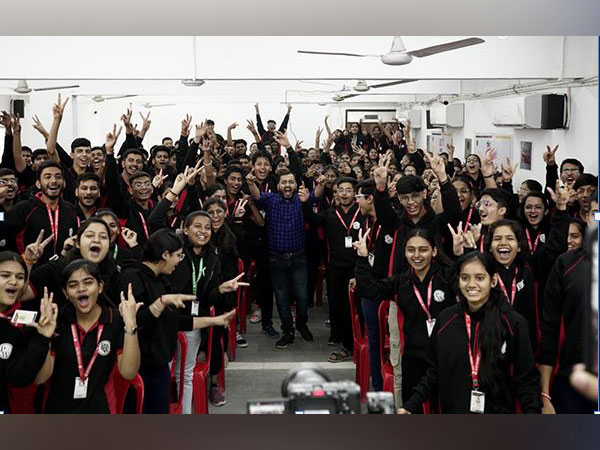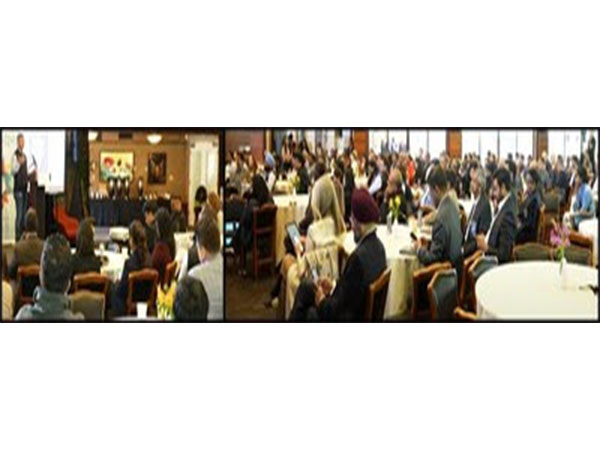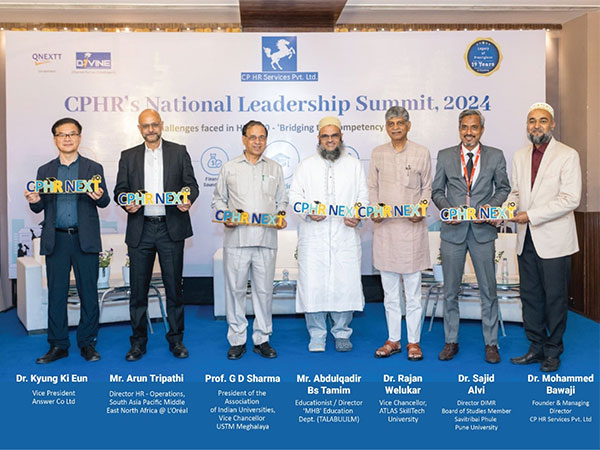Cooks mountain doco inspired by Hawaiian protests
Aug 01, 2023

Washington [US], August 1: A Cook Islands film-maker made a documentary on Rarotonga's mountains after watching the KānakaMaoli protest the construction of the $US1.4 billion telescope on top of a Hawaiian mountain three years ago.
The mountain - Mauna Kea - standing more than 4000 metres above sea level, is considered sacred by native Hawaiians.
"I was thinking, I wonder if our people would also stand up to protect our mountains if some company or corporation wanted to build on top of our mountains," documentary maker Liam Koka'ua said.
"It got me thinking that I feel like our people don't really have a strong connection to the mountains anymore."
Koka'ua's film, TeMekameka o te Pa Maunga, focuses on five of Rarotonga's mountains.
He said they used to be important landmarks for respective tribes and the areas were used for harvesting food.
"As each generation has passed I also found that the stories and the connection to the mountains seems to have decreased.
"A lot of the older people I talked to say they used to spend a lot of time up in the mountains."
The main settlements in Rarotonga used to be in the valleys instead of the coastal belt, where the majority of people now live.
"Nowadays, taro is generally grown on the coastal belt, but in the old times, it was grown in these water irrigated terraces that are only found up in the high elevations," Koka'ua said.
"They actually require a certain gradient to be able to flow the water into these terraces.
"I feel like, it's sort of sad that we've forgotten that strong connection."Koka'ua sifted through manuscripts dating back two centuries and also spoke to some of the knowledge holders on the island, like master carver Papa Michael Tavioni.
Tavioni said the mountains had their own stories like other Pacific islands.
Mountains were also named after descriptive terms, for example, the tallest mountain on Rarotonga, Te Manga, standing just over 650 meters high, is named after a tree fork because of its double summit.
Tavioni said well known hiking peak TeRua Manga, also known as The Needle, is considered tapu by some because it's a place where compasses don't work.
"It swirls round and round and round, it doesn't stay in any position," he said.
"There's a limited number of places on the earth where that happens."
Forest is 'almost pristine'
Koka'ua worked on the 70-minute film for three and a half years and included passionate conservationist the late Joseph Brider and cultural knowledge holder the late RuteraTaripo.
He also spoke with Gerald McCormack, a biologist who moved to the Cook Islands from New Zealand in 1980 as a science advisor for the Ministry of Education.
McCormack said the forest in Rarotonga's mountains is "almost pristine".
"It's certainly the best forests I've seen on the 70 or more islands that I've been to in the South Pacific and the reason for this is rather ironic, it's because when the Europeans arrived they could not mill the timber.
"Basically, every place that Europeans went to, all they really saw was timber and they would cut it down and take it away."
He said the most common tree on Rarotonga, called mato, accounted for half of the main forest and "is not seriously a millable tree".
McCormack said mato had multiple trunks and was "so hard that you can't put a nail into it".
"I believe that tree is the thing that saved the Rarotonga inland from those European saws."
He said only the land snails have been wiped out which probably happened from 1860 to 1910 from the introduction of invasive ants.
McCormack is also the author of the now out-of-print book Rarotonga's Mountain Tracks and Plants.
He wants to see school students walk up to TeRua Manga as part of their education, where they will be able to find 80 percent of the tree species that exist in the islands mountains.
The documentary screened earlier this month in Rarotonga and will play in the Māngere Arts Centre in Auckland next week as part of Cook Islands Language Week.
Source: Fijian Broadcasting Cooperation









